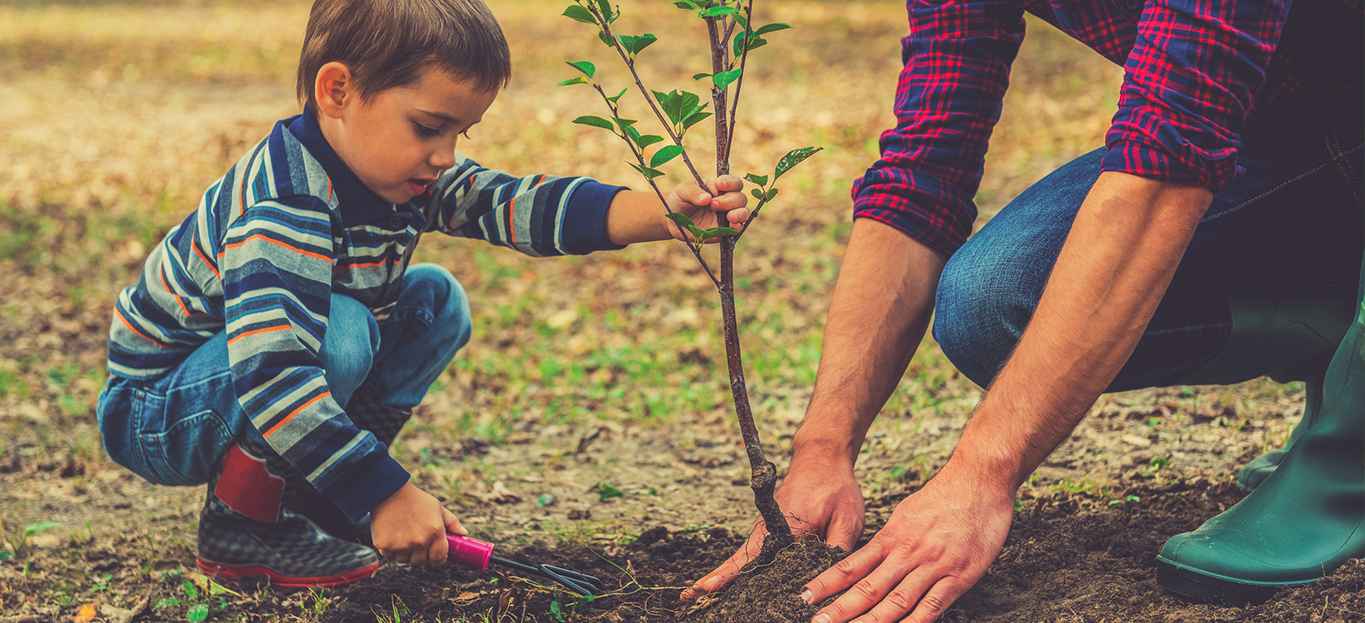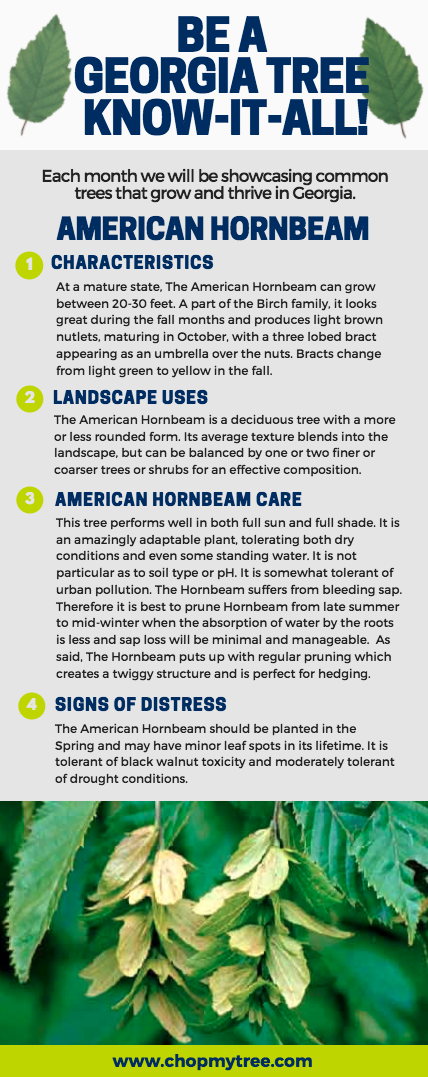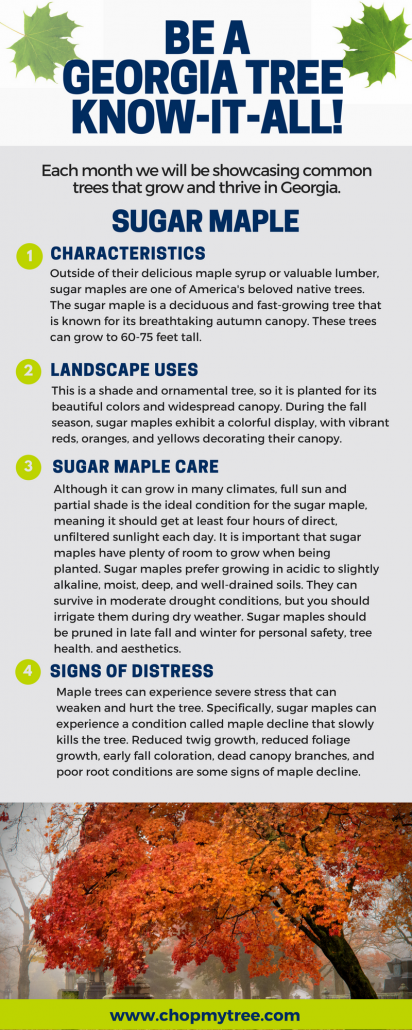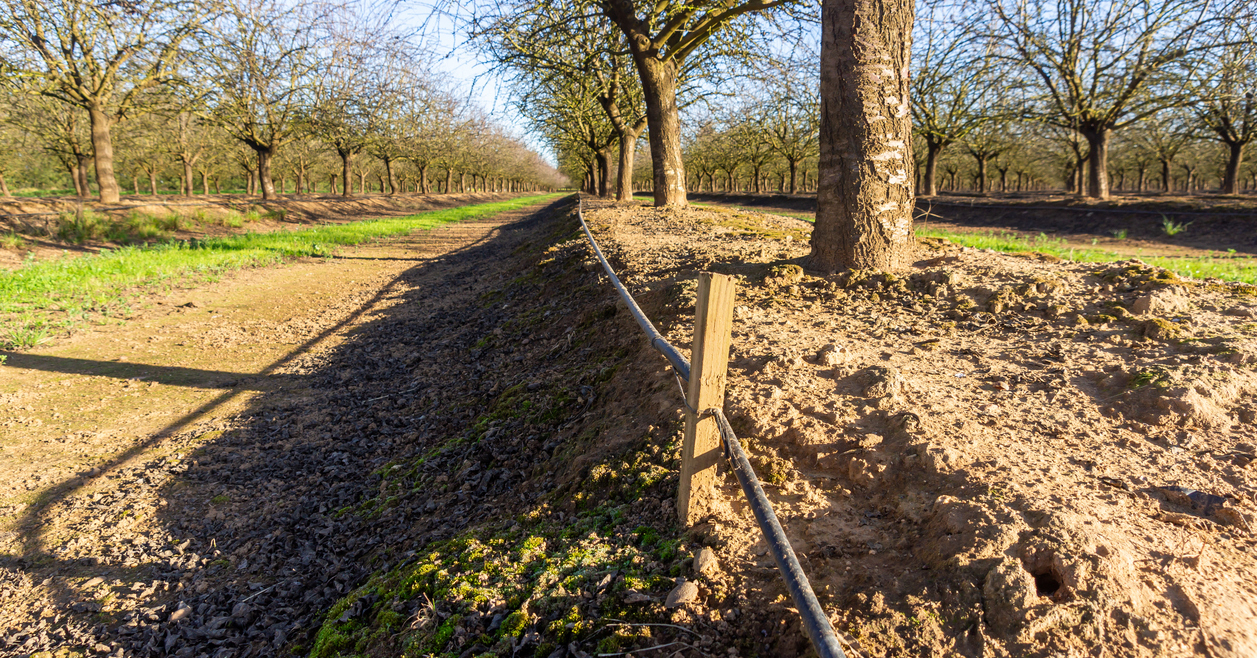Save Your Trees From Growing Pains: The Best and Worst Fertilizers for Your Trees
When it comes to taking good care of your residential or commercial property, it all starts with your landscaping. Fortunately, there are several tips you can follow to help ensure your trees and plants look their best at all times. Let’s take a quick look at the best and worst fertilizers to get for your trees.
There are several nutrients that your trees will need in order for them to grow to their fullest potential. These nutrients are typically separated into three categories:
- Macronutrients
- Secondary nutrients
- Micronutrients
The three main macronutrients that are needed are potassium, nitrogen, and phosphorous. You need to make sure the fertilizer you choose for your trees has large amounts of each of these macronutrients. Secondary nutrients that the fertilizer should be rich in include magnesium, calcium, carbon, oxygen, sulfur, and hydrogen. Most of these nutrients are acquired through air and soil, so a fertilizer does not need heavy amounts of them. The micronutrients that a fertilizer needs to provide are zinc, boron, copper, manganese, nickel, and chlorine.
It is highly recommended that before you purchase a specific type of fertilizer for your trees that you first perform a soil test; this will help you pinpoint the exact nutrients that your soil is lacking. By pinpointing these nutrients, you can then know which type of fertilizer will be best for your trees.
Types of Fertilizers: The Best and the Worst
The best type of fertilizer for your trees will depend on your needs and goals. Liquid fertilizers tend to be very fast-acting. Trees absorb them quickly, meaning they need to be applied once every two to three weeks. Most times, these fertilizers require that you mix them with water. A granular fertilizer will be applied in dry form and is easy to control because you can see how much you are applying as well as exactly where the fertilizer is landing on the ground. Available in two forms — quick-release and slow-release — granular fertilizer proves very advantageous for growing trees. Lastly, plant food spikes are another type of fertilizer that works well. You drive the spikes directly into the ground by the tree you are growing and nutrients are released over an extended period of time.
Need an expert for tree services? Contact Premier Tree Solutions today! We’re experts at trimming, pruning, storm cleanup, tree removal, stump grinding, and many other services. Give us a call at 404-252-6448 or contact us here.









